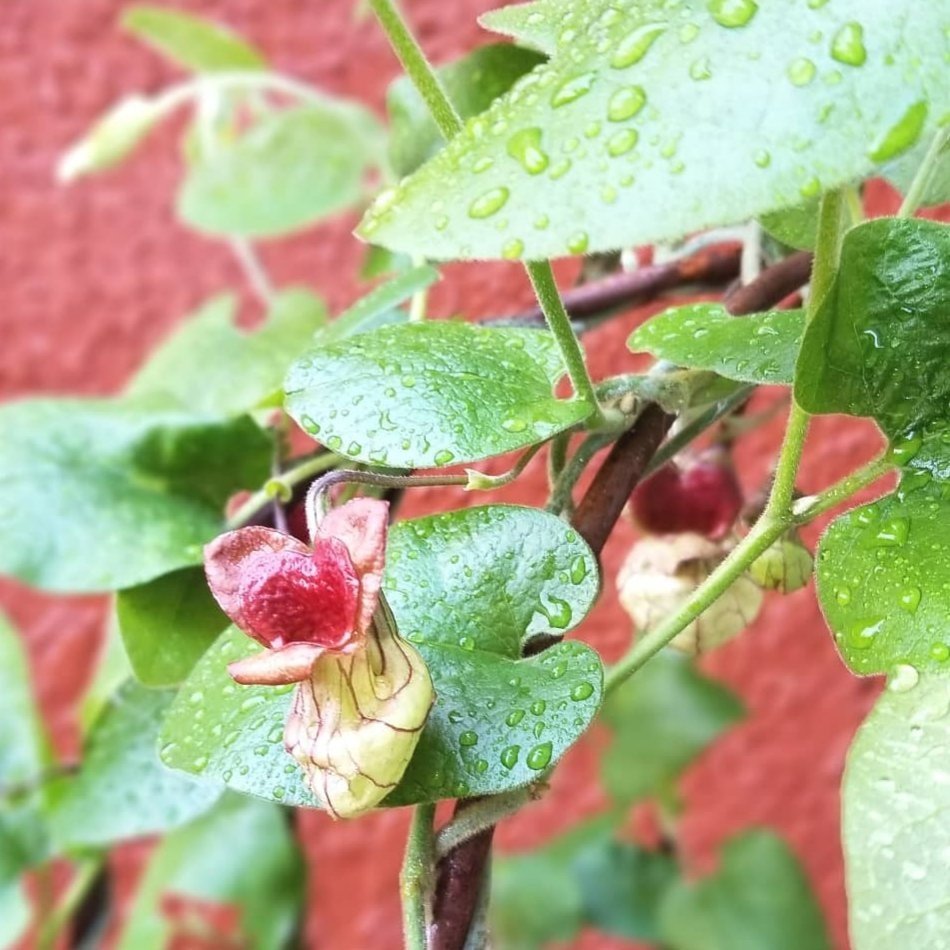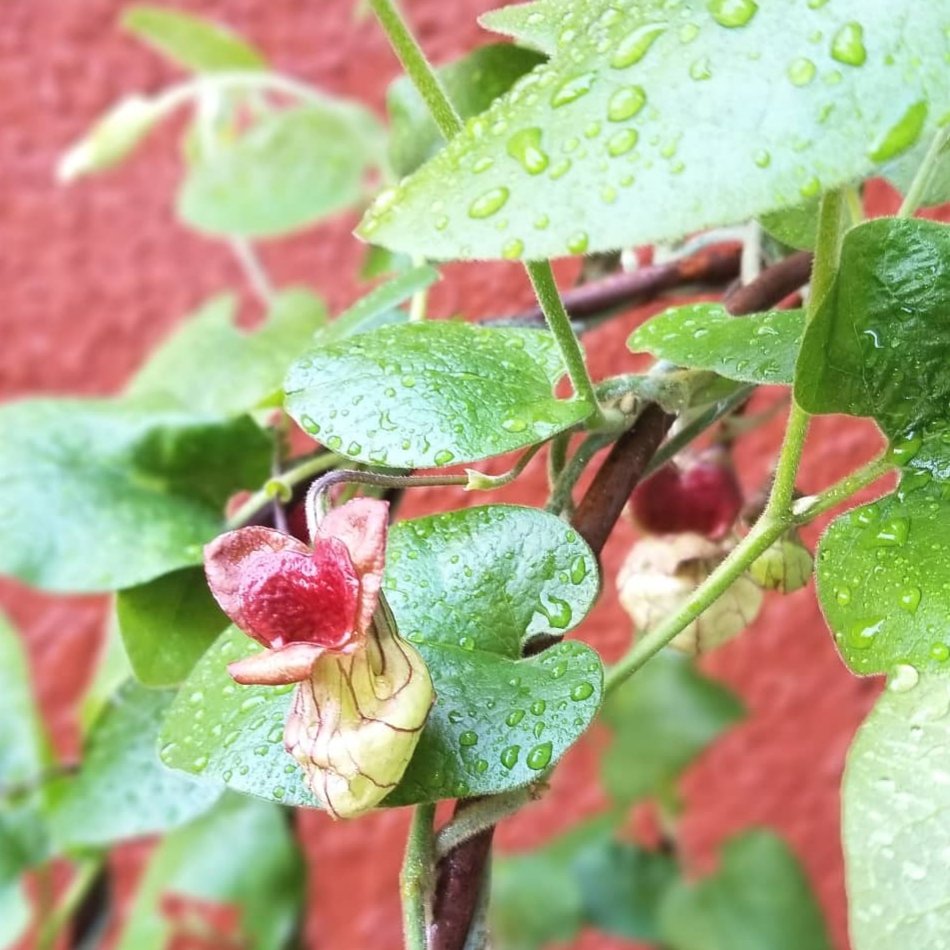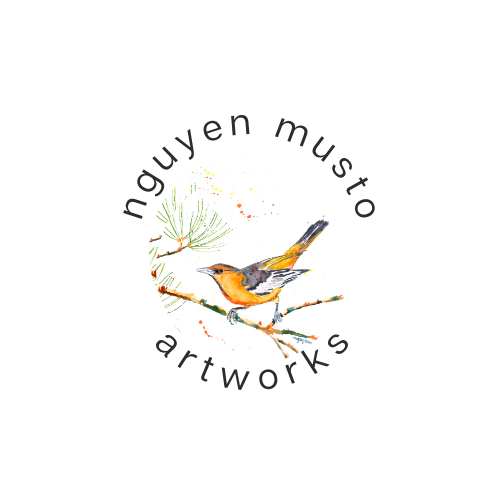
Lifegoals with California Dutchman's Pipevine
Share

california dutchman pipevines in the wild
California Dutchman’s pipevines (Aristolochia californica) are one of my favorite California native plants. They look rather non-descript and kind of dead in winter as they go deciduous. But come late February, little tiny pipes start to form. By March, the vines are covered in lush heart-shaped leaves and 1-1/2” sized alien-looking, piped-shaped blooms. You’ll have to come up to Northern California to see them in their native range. They’re found along streambanks and rivers primarily in Bay Area counties, heading northeast through Napa and Sonoma wine country and into the California Central Valley and foothills. They keep going north along the riparian forests of the Sacramento River and nearby foothills until Shasta County where they end in the foothills of the Shasta-Trinity National Forest.
Here in the Sacramento area, some of the places you’ll see pipevine growing are along the American and Sacramento Rivers and into the nearby foothills below 2,500’ elevation near streams. The woody vines will ramble along the ground and grow into shrubs and trees. When I’ve done 10K training along the American River Parkway in late spring and summer, I’ve had to watch where I stepped so I wouldn’t squish the caterpillars.
BUTTERFLY GARDENING
Due to the aristolochic acids in the plant, pipevines can be toxic. Traditionally, northern California Native Americans chewed the plant in very small doses or used it in a weak tea to alleviate a variety of ailments such as stomach aches, toothaches, treat snakebites gout, and more. Don’t start picking it and gnawing on it though if you’re not feeling well. Too much will damage your kidneys and could cause cancer. Unless you’re a trained herbalist, I’d say RiteAid is your best bet to find medicines for what ails you.
So what about the butterflies? The California Dutchman’s pipevine is the only food source for the California pipevine caterpillars. Through some mysterious co-evolutionary process, the aristolochic compounds of the plant can be ingested by the California pipevine swallowtail caterpillars and they live to tell the tale. This ability to eat the pipevine plant makes them toxic and nasty to birds and other predators. Predators soon learn not to FAFO* when it comes to the caterpillars and butterflies! If you live within its range in Northern California, plant this pipevine to support the these butterflies. If they find your plants, you’ll be rewarded with the sight of these gorgeous, iridescent blue-green-black butterflies with bright orange and white spots on the lower wing undersides. Their wingspread is a respectable 3 to 5 inches wide.
how to grow them
As California native plants go, these are easy to grow and a great plant for the Northern California gardener who’s just beginning to add California native plants to their garden. You might have to do a bit of searching to find the plants; Home Depot doesn’t carry them. Check your local, independent plant nurseries or California Native Plant Society chapter plant sales to find the plants. You might even find some cuttings from a Sacramento artist plant nerd if you live close enough.
California Dutchman’s pipevine grows in full shade or morning sun with afternoon shade. I have them growing in large pots located on the north wall of my courtyard. They tolerate dry conditions and clay-ish to sandy soils. For best display, provide a trellis for them to climb. All the better to see the flowers and maybe caterpillars of the pipevine swallowtail butterfly if they find your plants. I haven’t had any pipevine butterflies come to my plants yet to lay eggs. They don’t know I have a nice place for them yet. After 2 years of growth, my plants are finally large enough for me to go caterpillar hunting along the American River Parkway. They will love their new home here.
#lifegoals
My goal is to become like Tim Wong of San Francisco who helped bring back the populations of the pipevine swallowtail butterflies by planting the pipevine plants in his backyard. Here in West Sacramento, I haven’t seen any California Dutchman’s pipevine plants or pipevine swallowtail butterflies along our segment of the Sacramento River. I’ll have to change that! And my husband is going to be so delighted when I build an egg incubator in our house to protect the eggs until they hatch. I think he’ll like it as much as the insects I used to put in the freezer when I was taking my insect class several years ago. It looks like there is room next to his PlayStation for the incubator. I mean, it’s for my art! Surely he’ll want me to stay inspired.
Stay tuned for more butterfly tales …
*f#ck around and find out

2 comments
Maybe leave the caterpillars where you found them instead of relocating them?
I just found this blog while searching for info on pruning my Dutchman’s Pipevine. I live in Folsom and am inspired to pot up a few cuttings, if anyone is interested. I purchased the plant at a UC Davis Arboretum plant sale, a great place to find native plants. My shrub is 3 years old; I have seen 1 butterfly and 1 chubby caterpillar in that time. After pruning this year, it should fill out and be more visible. Fingers crossed for butterflies! I also grow Passion Vine for the Florida Fritillaria butterflies—they come in great numbers :) Thanks for local butterfly info!